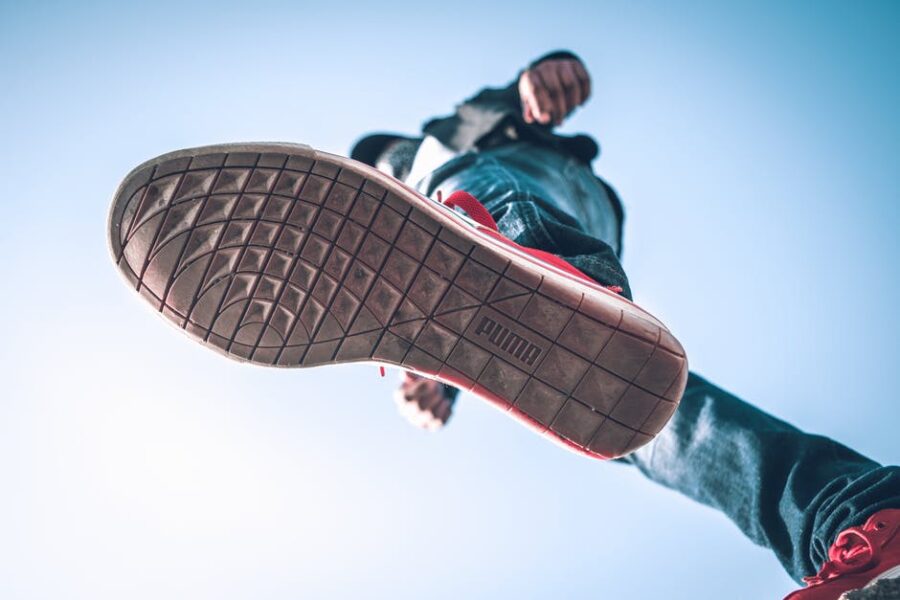The Do’s and Don’ts of Disinfecting Shoes
 You’re wearing a mask, washing your hands, and otherwise doing your part to prevent the spread of COVID-19. But there’s one important way to stop the spread you might not know about: disinfecting your shoes.
You’re wearing a mask, washing your hands, and otherwise doing your part to prevent the spread of COVID-19. But there’s one important way to stop the spread you might not know about: disinfecting your shoes.
How does disinfecting shoes, of all things, fight disease?
According to recent studies, the novel coronavirus floats through the air in droplets and aerosols, eventually coming to rest on surfaces. After it lands, the virus can stay viable for anywhere from a few hours to a few days. Your shoes come in contact with many of these surfaces while you’re out and can track the virus into your home.
To learn how to sanitize shoes and keep these dangerous particles out of your house, keep reading.
How to Disinfect Shoes
The first step of sanitizing shoes is to take them off. If possible, do this outside your home and without using your bare hands. Knock any dirt or mud off the soles before bringing them in.
Next, use soap, water, and a rag to clean off dirt and debris from non-cloth areas. After they’ve air-dried for a moment, use a disinfectant spray or wipe to sanitize the soles. Apply enough that the shoes remain wet for at least 60 seconds to give the solution time to do its job.
For the upper fabric or leather portions of the shoe, a 65-70% isopropyl (rubbing alcohol) solution will do the trick. Wipe your shoes down with a clean t-shirt rag soaked in the alcohol to avoid leaving lint behind. For white fabric or canvas shoes, you can use a 10% bleach solution instead.
Finally, if you’d rather play it safe, you can always use a dedicated shoe disinfection system like PATHO3GEN instead of taking the DIY approach. Learn more about using the PATHO3GEN system here.
Mistakes to Avoid When Disinfecting Shoes
There are two main mistakes that people make when disinfecting shoes. They either use a disinfecting agent that’s too strong and damages their shoes, or they use something that’s too weak to kill the virus.
Expensive, damage-prone shoes pose a real problem when it comes to cleaning. If your shoes are made of a fragile material like suede that can’t be washed, consider only wiping the underside of the sole with a disinfectant. Then, keep your outdoor shoes in a bag or closet near the front door—don’t wear them through the rest of your home.
The second problem is easier to solve. When you aren’t sure whether your germicide is strong enough, check the EPA’s list of Coronavirus Disinfectants. You can search by product name or active ingredient, and the list tells you how long the disinfectant takes to work.
Sanitizing Shoes Is an Important Part of Staying Healthy
Now that you know why you should disinfect shoes and how to (and not to) go about it, there’s no excuse to track germs into your home. Follow these tips for disinfecting shoes after you’ve been out in public or near someone who’s currently sick.
For more information on protecting your health during and after the COVID-19 pandemic, keep reading through the rest of our site.